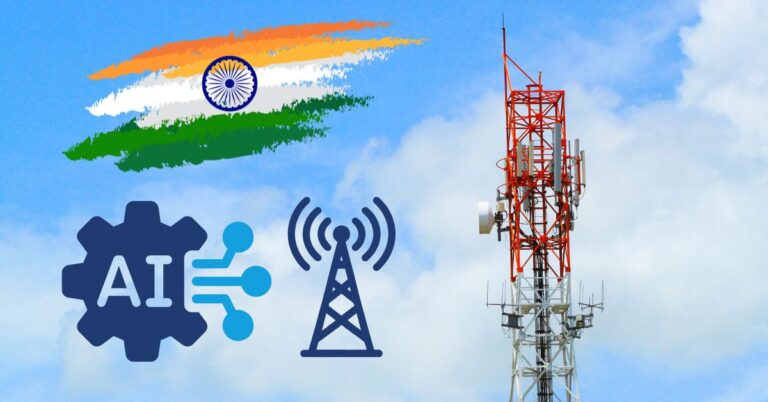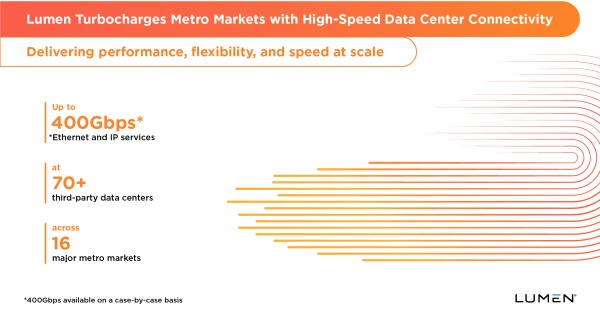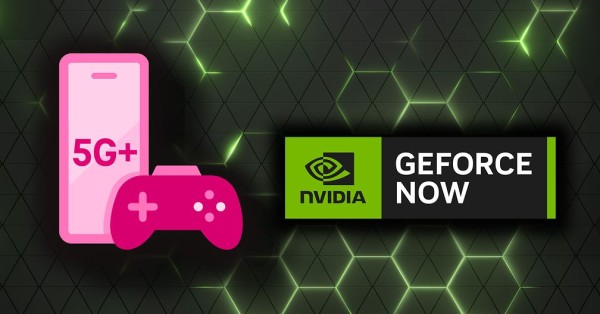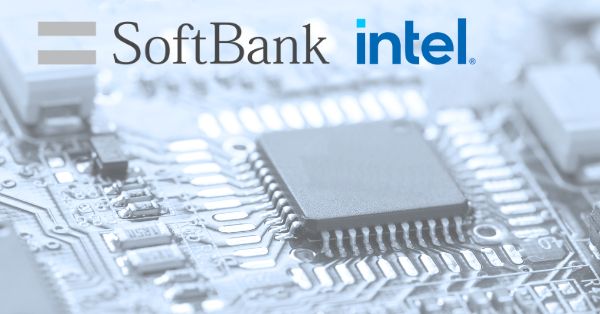India telecom AI governance: what’s moving from policy to execution
India’s AI oversight for telecom is moving from recommendations to implementation, with policy review and technical workstreams running in parallel.
TRAI’s AI and big data plan: proposal for AIDAI regulator
The Telecom Regulatory Authority of India has issued recommendations on leveraging artificial intelligence and big data in telecom, including the creation of an independent statutory authority for AI governance. The proposed Artificial Intelligence and Data Authority of India (AIDAI) is envisioned to promote responsible AI development and regulate sectoral use cases. For telecom, that points to clearer rules around data use, model accountability, and safety controls for AI embedded in networks, operations, and customer channels.
MeitY’s trustworthy AI testing and assurance initiatives
The Ministry of Electronics and Information Technology has initiated projects with research bodies and universities focused on how to ensure and test AI trustworthiness. The emphasis is on evaluation methods, assurance tooling, and practical testing signals that India wants measurable safety and reliability criteria, not just broad principles. This complements the policy track and lays the foundations for auditability and certification regimes that operators and vendors can adopt.
Policy context: DPDP alignment and global AI frameworks
These moves align with India’s broader digital policy agenda and global norms around responsible AI. Expect interplay with the Digital Personal Data Protection Act, sectoral directions from the Department of Telecommunications, and international frameworks such as the NIST AI Risk Management Framework, OECD recommendations, and emerging safety testing practices. The direction is consistent: classify risk, test models, document behavior, and govern lifecycle operations.
Why AI governance matters now for India’s telecom and digital infra
AI is already embedded across networks and customer touchpoints, and regulators want assurances that critical infrastructure use is safe, fair, and resilient.
AI is mission-critical across networks, operations, and CX
Operators use AI for RAN energy optimization, predictive maintenance, customer service automation, fraud and spam mitigation, and real-time assurance for 5G slices. As workloads shift to cloud and edge, model decisions increasingly affect service quality, safety, and revenue. That elevates model risk management to the same level as cybersecurity and service assurance.
Trust, compliance, and standard tests will accelerate deployment
Clear rules enable faster, safer scaling of AI in networks and IT stacks. Absent guardrails, telcos face fragmented controls, duplicated audits, and vendor lock-in on evaluation tooling. A coordinated approach anchored by AIDAI and MeitY’s trustworthiness projects could standardize testing and reporting, streamline procurement, and reduce time to production for high-impact AI use cases.
AI for 5G SA, Open RAN, and edge: standards alignment
AI-driven automation is central to 5G Standalone, Open RAN, and edge computing strategies. Alignment with standards and initiatives like 3GPP’s self-organizing network work, ETSI ENI, and the O-RAN Alliance will be essential. India’s policy thrust can reinforce these technical standards with compliance and assurance layers tailored to national requirements, including data protection and localization constraints.
Forthcoming AI rules for telecom: what to expect
While details will evolve, several themes are emerging that telcos, vendors, and cloud providers should plan for now.
Risk-tiered oversight and governance for high-impact AI use cases
Expect risk-tiering of AI systems, with stricter obligations for high-impact functions such as network control, lawful intercept assistance, identity verification, and safety-critical field operations. Requirements may include documented model cards, data lineage, performance and bias testing, red-teaming for safety, and human-in-the-loop controls for sensitive actions.
Testing, certification, and lifecycle auditability for telecom AI
MeitY’s work with academia points to standardized test suites, benchmarks, and conformance evaluations. Telecom-specific testbeds for robustness, reliability, and security could emerge, alongside audit obligations for lifecycle management. Integration with existing assurance regimes and potential use of national labs or accredited bodies for certification would reduce ambiguity in vendor claims.
Data governance, transparency, and DPDP compliance
Alignment with the DPDP Act implies stronger controls for lawful processing, minimization, and purpose limitation. For generative and analytics systems, expect emphasis on provenance, watermarking or content authenticity, and records of automated decision logic. Incident reporting for material AI failures could mirror cybersecurity disclosure norms.
Action plan for operators, vendors, hyperscalers, and academia
Early alignment reduces compliance risk and creates a competitive advantage as AI scales across networks and customer journeys.
Operators and ISPs: build AI governance, inventory, and MRM
Establish an AI governance office that partners with security, legal, and network engineering. Build an inventory of AI systems across OSS/BSS, RAN, core, and CX, and classify them by risk. Implement an AI model risk management process aligned to frameworks like NIST AI RMF and ISO/IEC 23894, with documentation, evaluation reports, and approval gates. Institutionalize red-teaming, adversarial testing, and ongoing drift monitoring for production models. Strengthen data governance: data minimization, lineage, quality metrics, and privacy-enhancing techniques such as federated learning and differential privacy, where feasible. Embed AI controls into existing service assurance and change-management workflows, including rollback plans and human override for safety-critical tasks. Update vendor management and RFPs to require transparency artifacts, eval results, SBOMs for AI components, and content provenance support. Plan for multilingual evaluations to address India’s language diversity in customer-facing systems.
Vendors and hyperscalers: productize trustworthy, DPDP-ready AI
Productize trustworthy AI: provide model cards, risk assessments, and evaluation pipelines out of the box. Offer deployment options that meet data residency and edge constraints, including on-prem and hybrid architectures. Align xApps/rApps for the RAN Intelligent Controller with O-RAN and 3GPP guidelines while exposing telemetry for audits. Build APIs for explainability, policy enforcement, and real-time guardrails that operators can integrate into their assurance stacks. Prepare for local certification by designing to testable criteria and supporting third-party evaluations. Ensure DPDP-ready processing, robust access controls, and clear data processing agreements.
Academia and SDOs: co-create telecom AI benchmarks and testbeds
Co-develop telecom-relevant benchmarks and testbeds with MeitY, DoT, operators, and OEMs. Prioritize robustness, reliability, fairness, and security metrics for network automation and customer interactions. Advance shared artifacts for multilingual and code-mixed data, and create evaluation suites for spam, fraud, and safety in messaging and voice channels. Coordinate across O-RAN Alliance, ETSI ENI, ITU-T study groups, and national standards to avoid duplication and speed uptake.
6-12 month signals: policy milestones and market readiness
Stakeholders should track both policy milestones and market adoption indicators to calibrate plans.
Policy and standards: AIDAI setup and AI testing guidance
Watch for government consultations, draft instruments to constitute AIDAI, and guidance on AI testing and audits. Look for references to conformance assessment, accreditation of testing labs, and procurement norms for AI in critical infrastructure. Updates tying AI obligations to DPDP rules or sectoral directives from DoT will clarify scope and enforcement.
Market adoption: assurance pilots and RFP transparency
Expect early pilots of AI assurance and certification in network operations, and RFPs that mandate transparency artifacts and evaluation results. Operators may announce enterprise-wide AI governance programs and publish voluntary disclosures. Vendors and cloud providers that ship evaluation tooling, provenance features, and DPDP-aligned data controls will gain an edge in bids with Indian carriers and large enterprises.
Bottom line: India’s AI governance moves from concept to practice
India’s AI governance is shifting from concept to practice, with telecom as a priority use case. Executives who move now on inventories, testing, and cross-functional governance will scale AI faster, with fewer surprises when formal rules land.






























